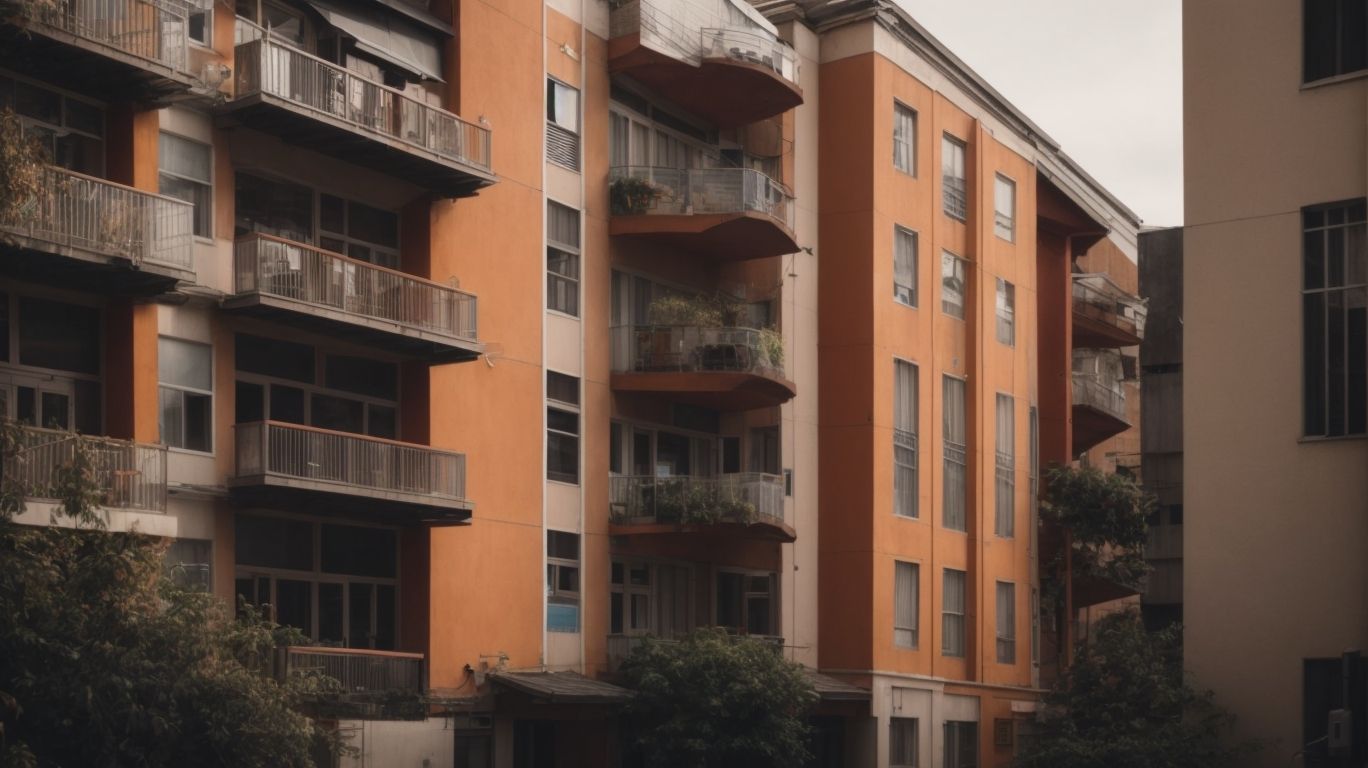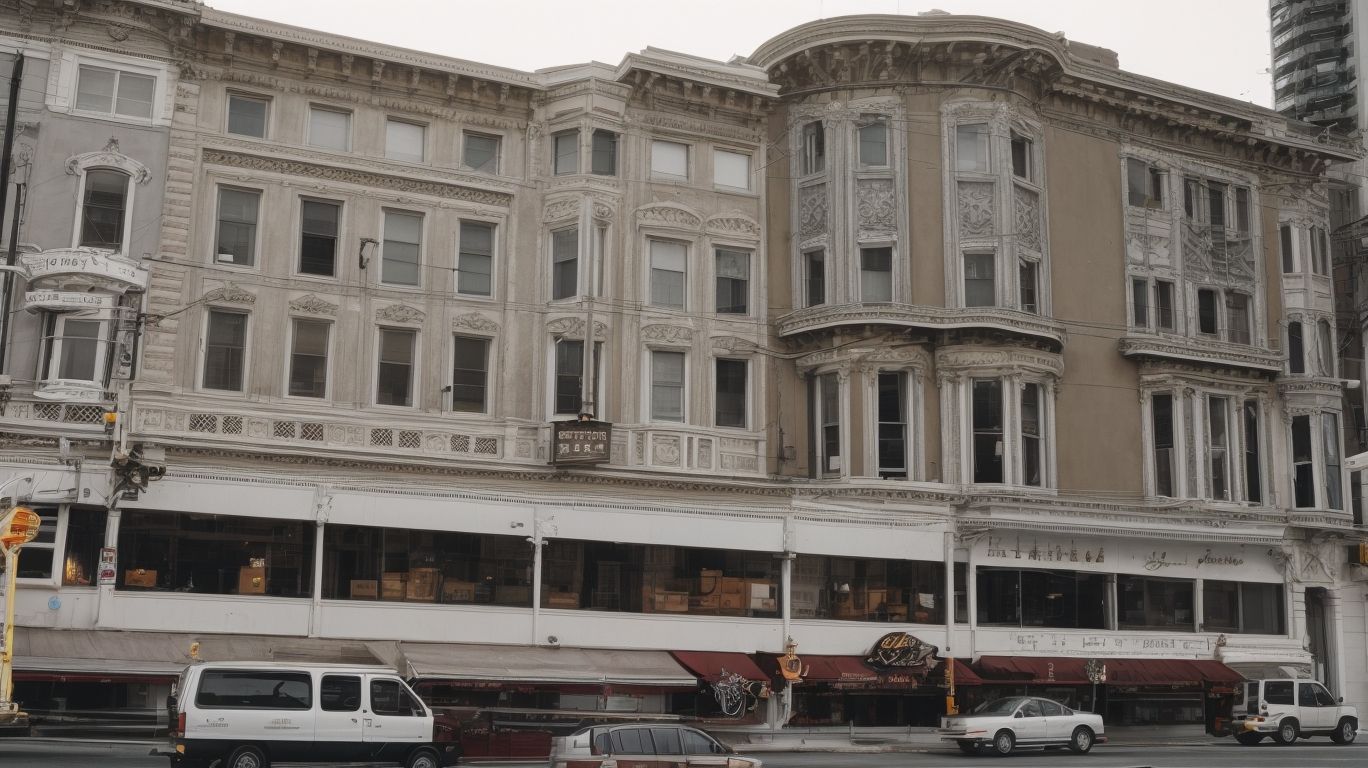
Why Invest in Soft-Story Retrofitting for Your SF Property
Soft-story retrofitting is a crucial investment for San Francisco property owners, especially in light of the city’s vulnerability to earthquakes. In this article, we will explore the importance of soft-story retrofitting, the risks associated with not retrofitting, and the techniques used in the process.
We will also discuss the benefits of retrofitting, the cost involved, and how to choose the right contractor for the job. By the end, you’ll understand why soft-story retrofitting is essential for ensuring the safety and stability of your SF property.
What Is Soft-Story Retrofitting?
Soft-story retrofitting involves reinforcing a building’s structural integrity, particularly in areas with open spaces such as parking or storefronts, to enhance its resistance to seismic forces. This process is essential for older buildings in San Francisco due to their vulnerability to seismic events.
An engineering assessment is necessary to determine the specific requirements for building reinforcement. The assessment takes into account the building’s current structural condition and the expected seismic forces in the region. Based on this evaluation, a tailored retrofitting plan is developed to ensure that the building meets the seismic safety standards and mitigates potential risks.
This proactive approach helps protect the building and ensure the safety of its occupants during earthquakes.
Why Is Soft-Story Retrofitting Important for SF Properties?
Soft-story retrofitting holds immense importance for SF properties, as it significantly reduces the risk of structural vulnerability during seismic events, enhancing the building’s overall resilience and safeguarding its occupants.
What Are the Risks of Not Retrofitting?
The decision to forego soft-story retrofitting for SF properties poses substantial risks, including compromised structural stability during earthquakes, jeopardizing the safety of tenants and occupants.
Inadequate seismic risk reduction can result in devastating consequences such as building collapse, leading to severe injuries or potential loss of life.
The lack of retrofitting measures may also impact the overall building safety and resilience, leaving the property vulnerable to structural damage.
Failing to prioritize occupant protection through retrofitting can have long-term implications, legal liabilities, and financial consequences for property owners and management teams.
How Does Soft-Story Retrofitting Work?
Soft-story retrofitting involves a comprehensive process that encompasses engineering evaluations, construction considerations, and rigorous building inspections to ensure compliance with building codes and enhance structural support.
The retrofitting process typically begins with a thorough engineering evaluation, which identifies the specific structural vulnerabilities of the soft-story building.
Once the assessment is complete, construction considerations come into play, where the appropriate retrofitting strategies are determined. These may include adding structural reinforcements such as steel frames or concrete walls to enhance the building’s resilience.
Prior to finalizing the retrofitting, building inspections are essential to validate compliance with building codes and ensure that the structural modifications meet safety standards.
What Are the Different Techniques Used in Soft-Story Retrofitting?
Various techniques are employed in soft-story retrofitting, including foundation strengthening and the implementation of seismic upgrades, aimed at fortifying the building’s structural foundation and enhancing its resistance to seismic forces.
One way to improve a building’s ability to withstand seismic events is by reinforcing its existing foundation. This involves methods such as installing bracing systems, shear walls, and other structural enhancements to increase its load-bearing capacity and mitigate lateral forces. These seismic upgrades can greatly enhance the structural resilience of soft-story buildings, making them better equipped to protect occupants and assets during earthquakes.
How Long Does the Retrofitting Process Take?
The duration of the soft-story retrofitting process varies based on factors such as construction timeline and the efficiency of the permitting process. Projects typically span from several months to a year for completion.
The construction timeline for soft-story retrofitting projects can range from a few months for simpler projects to over a year for more complex structures.
The permitting process plays a crucial role in determining the overall duration, as delays in obtaining the necessary permits can extend the project timeline significantly.
Efficient handling of permits by local authorities can streamline the process, ensuring that retrofitting projects are completed within a reasonable timeframe.
What Are the Benefits of Soft-Story Retrofitting?
Soft-story retrofitting offers a myriad of benefits, including heightened earthquake safety, enhanced structural stability, and an appreciable increase in the property’s overall value.
Seismic safety is significantly improved through retrofitting, providing peace of mind for homeowners and ensuring the resilience of the building in the event of an earthquake.
The structural upgrades not only enhance safety but also contribute to property appreciation, as potential buyers value properties with greater stability and reduced risk.
By investing in soft-story retrofitting, property owners can safeguard their investment while positively impacting their property’s valuation and ensuring long-term structural integrity.
Increased Structural Stability
Soft-story retrofitting results in a marked increase in the structural stability of buildings, ensuring compliance with stringent building codes and standards, thereby enhancing overall safety and resilience.
This structural reinforcement addresses the vulnerabilities in buildings with weakened lower stories, effectively mitigating the risk of collapse during seismic events or other potential hazards.
By incorporating seismic-resistant materials and engineering techniques, soft-story retrofitting not only meets safety compliance requirements but also contributes to the broader impact of building resilience in communities prone to natural disasters.
The enhanced structural integrity achieved through these measures provides a sense of security for occupants and reinforces the long-term viability of the building infrastructure.
Protection Against Earthquakes
Soft-story retrofitting effectively safeguards properties against the destructive impact of earthquakes, significantly reducing the risk of structural damage and ensuring comprehensive property protection.
It is crucial to highlight the role of seismic resistance, as soft-story retrofitting transforms vulnerable structures into robust, earthquake-resistant ones. This process enhances the building’s ability to withstand seismic forces, ensuring the safety of inhabitants and minimizing potential devastation.
By incorporating this seismic retrofit, property owners can proactively mitigate structural damage and proactively fortify their buildings, contributing to overall community resilience in the face of seismic events.
Improved Property Value
Soft-story retrofitting contributes to a notable appreciation in property value, often qualifying property owners for economic incentives and grants, making it a cost-effective investment in bolstering property assets.
This retrofitting not only enhances structural resilience but also captures the attention of potential buyers or tenants who are increasingly mindful of safety standards.
The assurance of a reinforced building against seismic activities and the added security measures can significantly boost the property’s market desirability. The potential for lower insurance premiums and reduced maintenance costs further cements the economic benefits of soft-story retrofitting, thus solidifying its reputation as a wise investment for property owners.
How Much Does Soft-Story Retrofitting Cost?
The cost of soft-story retrofitting varies based on several factors, including construction costs, project scope, and the comprehensive approach required for effective risk mitigation.
Construction costs for soft-story retrofitting are influenced by the structural improvements needed, such as the installation of steel moment frames or shear walls. The extent of the project, such as the number of units in the building and the severity of the seismic risk, also impacts the overall expenses.
It is crucial to consider cost-effective risk management strategies to minimize the financial implications of retrofitting. Cost-effective risk management may involve evaluating different retrofit options, selecting the most suitable approach, and leveraging financing options to spread out the project expenses over time.
What Factors Affect the Cost of Retrofitting?
The cost of soft-story retrofitting is influenced by various factors, including the complexity of the retrofitting process, the extent of seismic upgrades, and adherence to local regulations and compliance standards.
Seismic upgrades play a crucial role in determining the cost of soft-story retrofitting. The level of reinforcement required can significantly impact expenses. Local regulations and compliance standards often necessitate specific structural changes, adding to the overall complexity and cost.
The intricacies of the retrofitting process, such as access to the building, existing structural conditions, and engineering requirements, further contribute to the variability in costs. Understanding these influential factors is essential for property owners and stakeholders planning a soft-story retrofitting project.
How to Choose a Soft-Story Retrofitting Contractor?
Selecting a proficient soft-story retrofitting contractor entails thorough consideration of their experience, qualifications, and familiarity with the permitting process to ensure the successful execution of retrofitting projects.
When evaluating potential contractors, it’s vital to inquire about their previous experience in soft-story retrofitting projects and whether they possess the necessary qualifications and certifications.
A contractor’s expertise in navigating the permitting process is crucial for ensuring compliance with local building regulations and codes.
It’s essential to assess the contractor’s ability to effectively manage the entire project, from planning and design to actual construction and post-retrofit inspection. By considering these factors, you can make an informed decision when selecting a contractor for your soft-story retrofitting project.
What Qualifications and Experience Should a Contractor Have?
An ideal soft-story retrofitting contractor should possess qualifications and experience in structural engineering, coupled with an adept understanding of retrofitting solutions tailored to the specific requirements of the project.
Their proficiency in engineering principles must be complemented by a strong track record in delivering customized solutions for soft-story structures.
The right contractor will demonstrate expertise in seismic assessments and a comprehensive understanding of local building codes and regulations.
Relevant experience in project management and collaboration with architects and construction teams to ensure seamless integration of retrofitting solutions is crucial for successful project execution.
What Questions Should You Ask Before Hiring a Contractor?
Prior to hiring a soft-story retrofitting contractor, it is crucial to inquire about their design options, strategies for tenant safety, and their approach to ensuring comprehensive structural reinforcement to meet seismic safety standards.
When considering design options, it is important to inquire about the adaptability of retrofitting designs to various soft-story building configurations. Additionally, it is crucial to explore the potential for customizations to meet specific structural requirements.
Another important factor to consider is the contractor’s safety strategies for minimizing disruptions to occupants during the retrofitting process. This may include implementing temporary stabilization measures and establishing clear evacuation plans.
Furthermore, it is essential to understand the contractor’s overall approach to achieving structural reinforcement. This includes their use of innovative technologies and materials, as well as their adherence to industry safety standards. Having this information will help make an informed decision.




No Comments